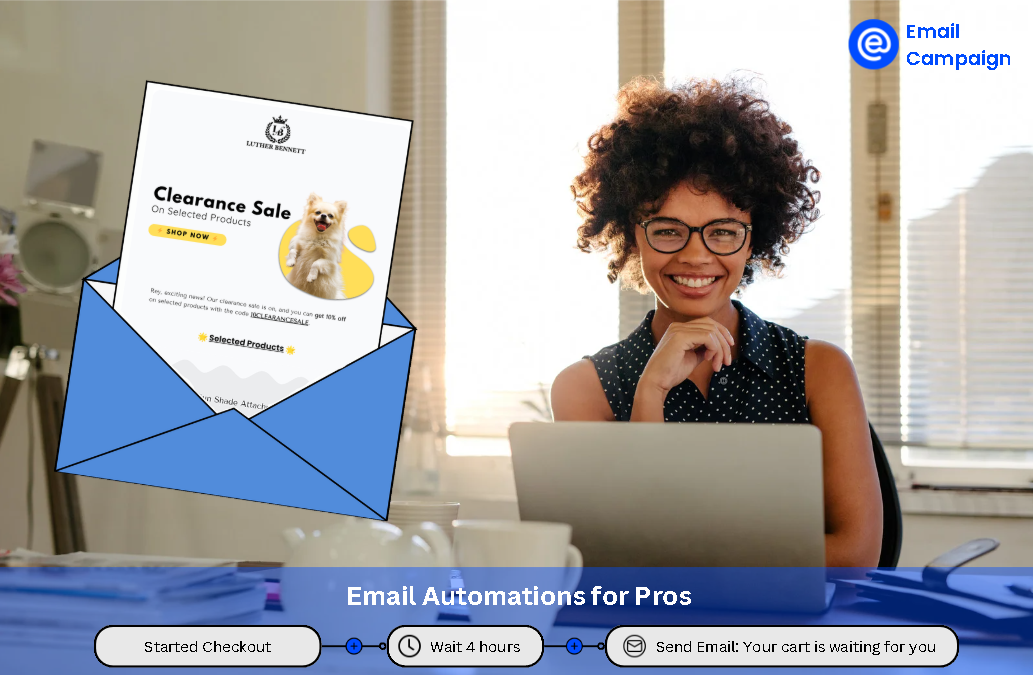It’s been six months since Gmail and Yahoo rolled out their sender policy updates — and the impact on e-commerce is real.
If you’re still relying on outdated email strategies, chances are your deliverability is quietly suffering. But for the brands that adapted fast, this shift became an opportunity: higher inbox rates, cleaner lists, and more revenue per send.
In this article, we’ll look at:
What’s changed since February 2024
What e-commerce brands are doing differently now
Real-world automation and deliverability fixes that actually work in 2025
What’s Different Now
In early 2024, Gmail and Yahoo made email authentication (SPF, DKIM, DMARC) mandatory for bulk senders. But they didn’t stop there.
By mid-2025, they’ve:
Cracked down harder on high spam complaint rates
Started penalizing stale lists with poor engagement history
Prioritized senders with reliable unsubscribe and segmentation practices
And it’s not just big retailers being watched — even small Shopify and WooCommerce stores are seeing shifts in inbox placement.
Senders without DMARC policies or clear unsubscribe links are being downgraded *even if their content is good*. The rules are being enforced with increasing automation.
What Smart E-commerce Brands are Doing Now
Instead of trying to “trick” the inbox, top-performing stores are embracing transparency, smart automations, and user-first email design.
Here’s how:
1. Segmenting by behavior — not just by list
Contacts who haven’t clicked or opened in 90 days are now either:
Sent a re-engagement flow
Moved to a low-frequency segment
Or removed entirely
This keeps complaint rates low and improves domain health.
2. Authenticating domains the right way
Not just SPF + DKIM — but also publishing a DMARC policy with strict alignment.
Tip: If you’re using a shared domain via your ESP, switch to a custom sending domain for full control.
3. Making unsubscribe a frictionless experience
Clean unsubscribe pages, preference centers, and “pause emails” options are now best practice — and they reduce spam complaints dramatically.
Instead of hiding the unsubscribe link, make it work for you. Use a branded preference center to let users choose email frequency or content type before they fully unsubscribe.
Automation strategies that work post-policy
In 2025, automation isn’t just about saving time — it’s a deliverability tool.
 Email Automations for Pros
Email Automations for ProsRe-engagement flow for cold subscribers
Trigger when:
No opens/clicks in 90 days
No purchases in 120 days
Include:
Personal “We miss you” tone
A single, clear CTA
Final warning before removal
List hygiene automation
Trigger monthly to:
Check for high-bounce or low-engagement segments
Auto-tag disengaged users
Pause sending until re-engagement
Real-time DMARC/Spam alerts
Use tools or custom automations to:
Monitor DMARC failures
Watch spam complaint rate trends
Pause campaigns before a domain gets blacklisted
Key takeaway
Inbox success in 2025 is earned through:
Authentication
Clean list practices
Smart, respectful automation
Brands that treat subscribers like people — not just data — are seeing open rates rise again. If your emails aren’t performing, your strategy isn’t just outdated — it might be non-compliant.
EmailCampaign helps e-commerce brands send smarter emails with built-in tools for DKIM, DMARC authentication, real–time deliverability monitoring, and powerful automations like abandoned cart flows and list cleaning.
Everything is designed to improve inbox placement, boost engagement, and grow revenue—without the tech headaches.
Learn more about EmailCampaign plans and pricing

EmailCampaign Plans:




Related articles
- All Posts
- Help & Tutorials
- Getting Started
- Automation recipes
